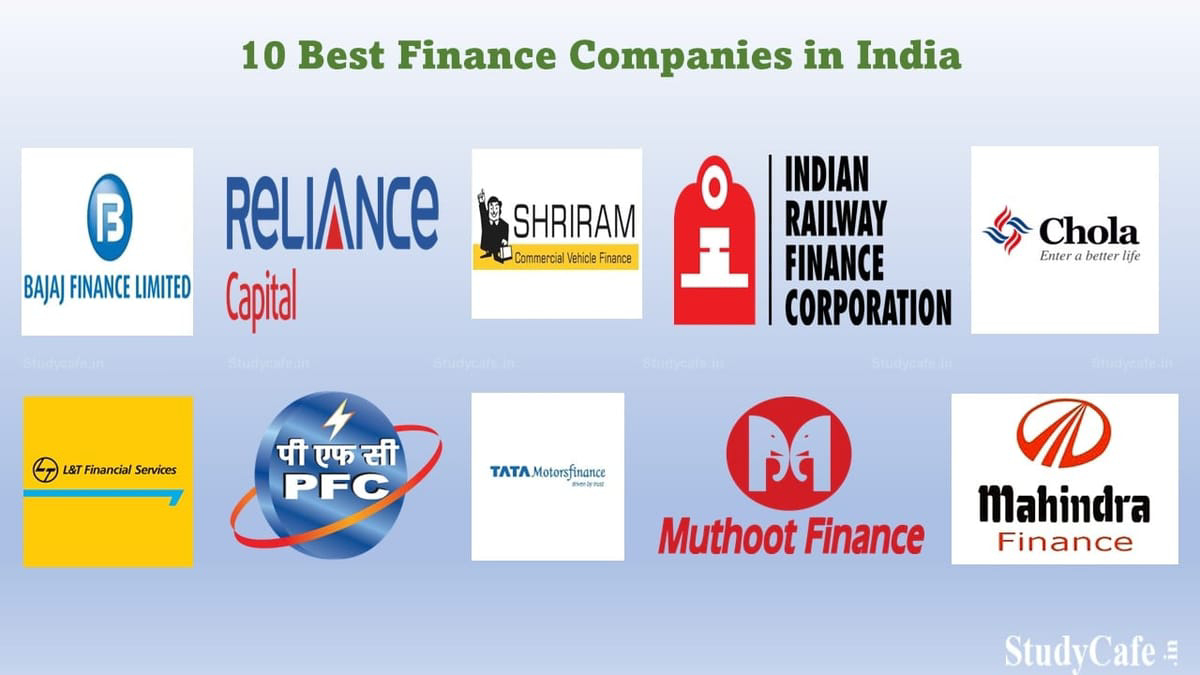Title: Overview of Education in India
Introduction:
India, with its vast population and diverse cultural landscape, faces both challenges and opportunities in the realm of education. This report aims to provide an overview of the current state of education in India, highlighting key aspects such as access, quality, challenges, and recent developments.
1. Access to Education:
Despite significant progress in recent decades, access to education remains a challenge in India, particularly in rural and remote areas. The government has implemented various initiatives such as the Sarva Shiksha Abhiyan (SSA) and the Right to Education (RTE) Act to improve access to primary education. However, disparities still exist, with marginalized communities, including girls, tribal populations, and children with disabilities, facing barriers to education.
2. Quality of Education:
While access is important, ensuring quality education is equally essential. India grapples with issues such as teacher shortages, inadequate infrastructure, outdated curriculum, and rote learning practices. Efforts are being made to enhance the quality of education through teacher training programs, curriculum reforms, and the integration of technology in classrooms. However, there is still much room for improvement in this area.
3. Higher Education:
India boasts a vast higher education system comprising universities, colleges, and institutes across various disciplines. However, challenges such as limited access to quality higher education, outdated curriculum, and employability concerns persist. The government has launched initiatives like the National Education Policy (NEP) 2020 to address these issues and promote holistic development, research, and innovation in higher education.
4. Challenges and Issues:
Several challenges hinder the progress of the education system in India. These include inadequate funding, disparities in access and quality, outdated teaching methods, lack of vocational training opportunities, and insufficient focus on skills development. Additionally, socio-economic factors, cultural norms, and gender biases contribute to educational inequalities.
5. Recent Developments and Initiatives:
In recent years, India has witnessed several initiatives aimed at reforming and revitalizing its education system. The National Education Policy (NEP) 2020, introduced by the government, emphasizes foundational literacy and numeracy, flexible learning pathways, multidisciplinary education, and the use of technology in education. Other initiatives include the establishment of new educational institutions, skill development programs, and public-private partnerships in education.
Conclusion:
Education plays a pivotal role in shaping the future of India's youth and driving socio-economic development. While significant progress has been made, challenges such as access, quality, and equity persist. Addressing these challenges requires concerted efforts from policymakers, educators, civil society, and the private sector. By investing in inclusive and quality education, India can unlock its vast human potential and pave the way for a brighter and more prosperous future.




Comments
Post a Comment